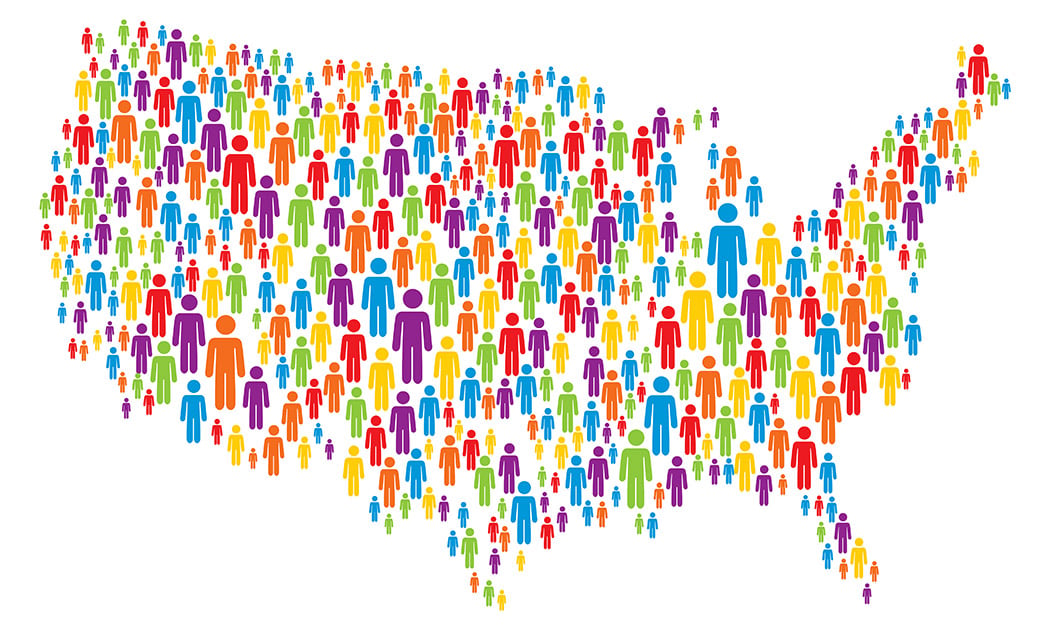The Payroll Blog
News, tips, and advice for small business owners
- Home
- Resources
- Payroll Blog
- What is the SECURE Act?
What is the SECURE Act?
Retirement is one of those topics that can make people uncomfortable because it’s overwhelming.

As a small business owner, you might be feeling this even more, whether it’s you feel you aren’t saving enough yourself, or struggle to remain competitive with the job market to attract and retain employees. To conquer some of the struggles small business owners face with retirement, the Setting Every Community Up for Retirement (SECURE) Act was established at the end of 2019.
What is the SECURE Act?
Simply put, the SECURE Act was signed into place to help fix the looming retirement crisis happening in the United States. Northwestern Mutual conducted a study in 2018 that offered some alarming insights into retirement; one in three Americans have less than $5,000 saved for retirement, while one in five have nothing saved at all. To help Americans save, the SECURE Act was implemented in December 2019. In short, the SECURE Act will make it easier for small business owners to offer 401(k) plans to employees, and allow benefits for long-term and part-time employees.
Small Business Owners and the SECURE Act
New tax legislation can be overwhelming to understand, and challenging to implement at times. As a small business owner, these are the key things you should know about how the SECURE Act will impact your business:
- The maximum tax credit for employers who establish new retirement plans is now $5,000, up from $500.
- Small-business owners who implement automatic enrollment in the plan will be eligible for an additional credit of $500, which could help offset the costs of 401(k) and SIMPLE IRA plan administration. This credit is available to employers newly adopting plans and employers who convert an existing plan to an automatic enrollment design. The tax credit is available for three years beginning with tax years after 2019.
- Employers will have additional time to adopt a retirement plan. Beginning in tax years after 2019, the legislation allows a plan to be adopted as late as the tax filing deadline, including extensions, for the taxable year rather than by the last day of that taxable year.
- There is a fiduciary safe harbor to 401(k) plan sponsors who include annuities in offerings to plan participants. The employer would not be able to be sued if the provider of an annuity chosen for the 401(k) plan defrauds the participant or ends up insolvent.
- An Open Multiple Employer Plan (MEP) would allow two or more unrelated employers to join through a pooled plan provider to create economies of scale. There are specific guidelines that must be followed, including requiring the pooled plan provider to register with the Department of Labor and the IRS, be a named fiduciary, and act as the ERISA Section 3(16) plan administrator. This provision begins in plan years after Dec. 31, 2020.
Employees and the SECURE Act
While the SECURE Act can positively impact business owners, there are also benefits to employees so they can begin saving more for retirement.
- Long-term part-time employees will be allowed to participate in an employer’s retirement plan if they work more than 500 hours over three consecutive years.
- Maximum age for traditional IRA contributions repealed, starting with tax years after Dec. 31, 2019.
- Increases by 1½ years the age at which required minimum distributions (RMD) must begin, taking into account longer life expectancy. This allows plan participants who attain age 70½ after Dec. 31, 2019, to wait until age 72 to take their RMD.
- Waives the 10 percent early withdrawal penalty for withdrawals up to $5,000 to cover expenses related to childbirth or adoption for distributions made after Dec. 31, 2019.
- Participants will have a clearer picture of their retirement readiness in the future, as benefit statements will be required to include a lifetime income disclosure at least once per year. Effective date is pending further guidance from the DOL.
How the SECURE Act Can Benefit Small Business Owners
One of the biggest positive impacts the SECURE Act has on small business owners is the ability to reduce their tax liability. Since cash flow is one of the top worries small business owners report having, the chance to save on taxes is huge. Additionally, offering employee benefits, like a 401(k) plan, can lead to increased employee engagement and an easier time attracting employees.
Bottom Line
With any new tax legislation, it’s important to stay educated so your business can remain compliant. If you’re confused and need further advice, an accountant or bookkeeper would be able to assist. Additionally, an online payroll service can help implement payroll changes and may offer an option for an integrated 401(k) plan.
Related Blog Posts
View Our Plans and Pricing
Small Business Is Our Business.
This website contains articles posted for informational and educational value. SurePayroll is not responsible for information contained within any of these materials. Any opinions expressed within materials are not necessarily the opinion of, or supported by, SurePayroll. The information in these materials should not be considered legal or accounting advice, and it should not substitute for legal, accounting, and other professional advice where the facts and circumstances warrant. If you require legal or accounting advice or need other professional assistance, you should always consult your licensed attorney, accountant or other tax professional to discuss your particular facts, circumstances and business needs.


